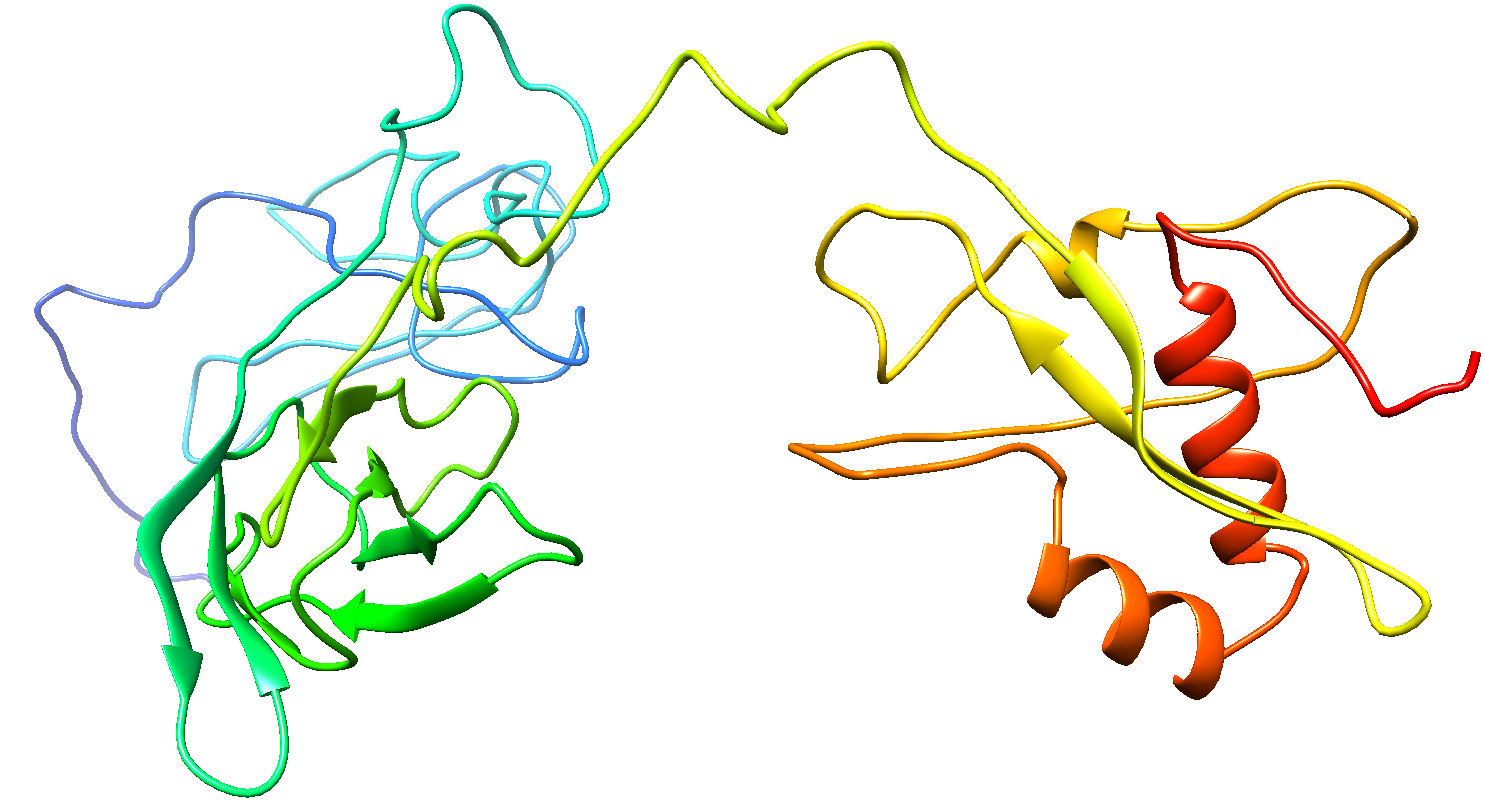The source code for Goldenseal estimating/accounting software has a clone. The same database and interface also builds an app for DNA sequences and protein structures. It imports data from different science websites, and links them.
I wrote it while attending Cornell as an older undergrad, 2008 to 2013. The goal was a late career in science, and/or new software to sell. Neither panned out, but the app still found interesting things lurking in the human genome.
It all started after a long canoe trip in the late 90s. Around the campfire, the biologists complained about all the repeating “junk” DNA turned up by the Human Genome Project. It’s 98% of your DNA. A few million chunks of it. Far more than the 20,000 regular genes that create proteins. As a computer person, it sure sounded like data. Maybe something I had the skills to help solve.
Cornell was one of many distractions that have slowed down TurtleSoft. On the other hand, genomes are a another good reason to keep slogging on the 64-bit update.
Humans have 3.3 billion base pairs of DNA (3.3 gigabytes as text, or 780 megs compressed to binary). A 32-bit app can only store a few genomes before it runs out of space, thanks to the 8-gig address limit. Because of that, the DNA app desperately needs 64-bit. Unlike Goldenseal, which will never hit that memory cap. Our current accounting software could go forever if Apple still supported 32-bit apps, or made it easier to update.
Will a DNA/protein database help make sense of the human genome? Maybe. Problem is, there’s too much data. Most likely there are many thousands of traits controlled by repeat lengths. Matching them up would require millions of full-genome sequences, millions of measurements, and way too much computer time.

A better approach may be to find the proteins that read that data. There are candidates: e.g. HEXIM1, pictured above. Cool machinery runs life at nano-scale, propelled by ATP. When the new accounting app is polished, I’d like to explore how it works.
Dennis Kolva
Programming Director
TurtleSoft.com